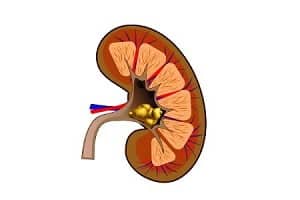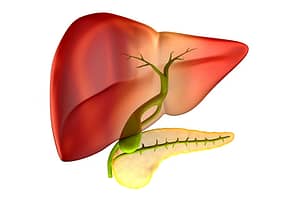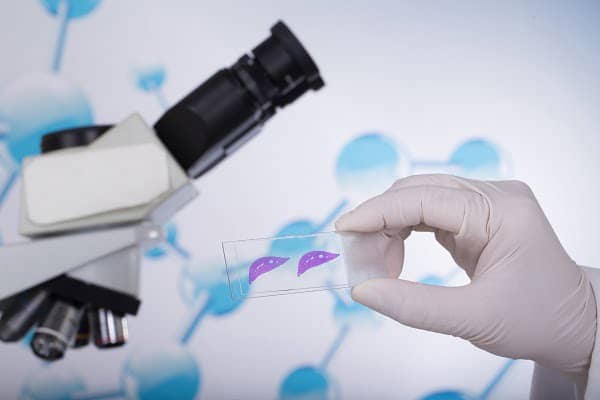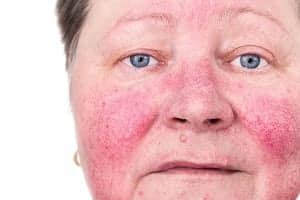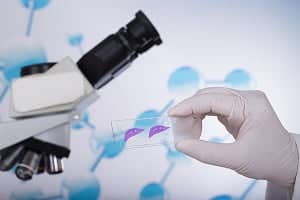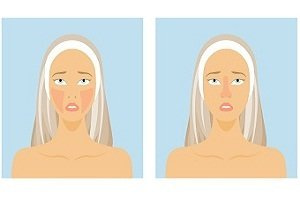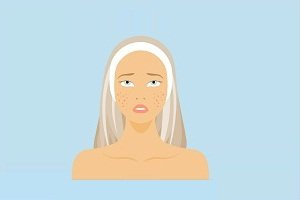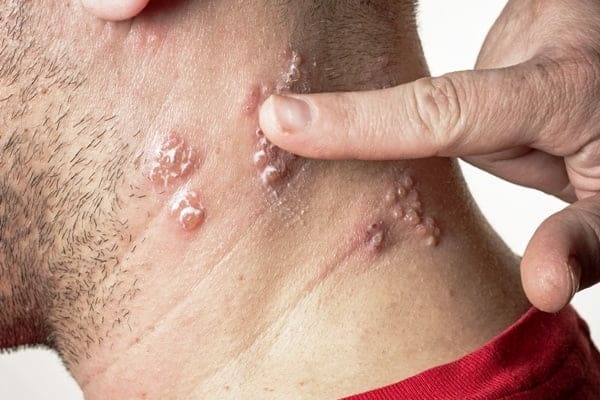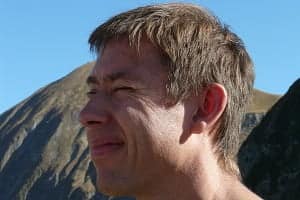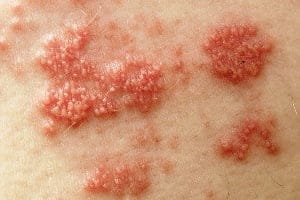Browsing: Hair and Skin

The page provides quick access to a list of common hair and skin diseases, syndromes, health conditions, and other topics of health importance about your skin and hair. The list is organized alphabetically. Links are provided to respective diseases sections that serve as a comprehensive and ultimate guide about the disease or health condition.
Skin and hair are the outer most protective layer of our body. It protects our body from foreign particles and infections and contains various glands. The skin has the ability to renew itself in every 28 days. The changes which appear on the skin may sometimes indicate overall health of an individual.
Skin and Hair diseases come under the category of dermatology, which is defined as the branch of medicine which deals with diseases related to hair, skin and nails. Skin and hair diseases are treated by a dermatologist, which includes both medical and surgical treatment options.
Presently, skin and hair diseases have shown a widespread occurrence. According to the American Academy of Dermatology, 84.5 million Americans have been affected with skin and hair diseases. These diseases can affect people of any age group, but high incidences are observed in people above the age of 65.
Some common skin disease includes dermatosis, non-melanoma cancer, eczema, melanoma and shingles. Some prevalent hair diseases include androgenetic alopecia, cosmetic hair damage, discoid lupus erythematosus, lichen planopilaris and dandruff.
Penile Vitiligo (Vitiligo on the Penis): Symptoms, Treatment and More
Vitiligo can affect skin in any part of the body including the penis in men and labia in women. If it affects the penis, it is called penile vitiligo. Vitiligo affects different individuals differently. Some people may have many body parts affected; others may have only one body part affected.
Eczema Diagnosis
A detailed medical history is important for diagnosing eczema. Your doctor will ask several questions to determine your medical and family history and to know about the signs and symptoms of the disease. A dermatologist will check when the rash appears, where it appears, and how often it appears.
Rosacea is a chronic skin condition that causes facial redness. There are many signs and symptoms of rosacea but not everyone develops all of them. Flushing commonly occurs when your skin becomes red for a short period. Flushing is triggered by such as sun exposure, certain foods or drinks or with an exercise.
Rosacea is diagnosed based on its typical symptom of facial redness or blushed skin or flushing. The disease is largely under-diagnosed. Most people with rosacea do not even know that they have it. Dermatologists are physicians who are trained and specialized in the diagnosis and treatment of rosacea.
What is Rosacea?
Rosacea is a common and long-term skin disease that affects the face of a person. It causes redness and visible blood vessels in your face. Rosacea mainly affects the skin of your nose, cheeks, and forehead. It is a relapsing condition, which means there are times when symptoms get worse.
Although rosacea cannot be completely cured, but there are treatment options that can help relieve you with the symptoms. The disease generally requires a long-term treatment. Treatment depends on your symptoms that cause trouble. Your doctor may recommend antibacterial washes, topical creams, antibiotics, laser therapies, treatment for eyes, etc.
Rosacea is a common skin problem. More than 14 million people are living with rosacea in the United States. Most of the rosacea cases are mild. Symptoms usually appear in 30s-60s. Rosacea does not generally affect children. Women are more commonly affected by rosacea. However, it is more severe in men than in women.
The most common and significant sign of shingles is appearance of rashes on the skin. These rashes appear in a stripe or band-like pattern along a nerve pathway, which is known as dermatome. Usually, these rashes affect on only side of the body, mostly without crossing the midline.
What Is Ear Dandruff?
Ear Dandruff refers to the appearance of dry, powdery or greasy flaking skin inside and around the ears. This may cause itching and sometimes inflammatory skin also. Ear dandruff is a symptom of seborrheic dermatitis.
In most cases, the duration of shingles depend upon the health and age of the affected individual and the severity of the viral infection. In some cases, chances of recurrence of shingles persist or people may experience some complications, in severe cases.
